Geospatial Wind Resource Assessment: WRAs with GIS
Posted on January 31, 2025 • 10 min read • 1,943 wordsGeospatial tech for wind energy assessment, from resource mapping to turbine optimization and future strategies.
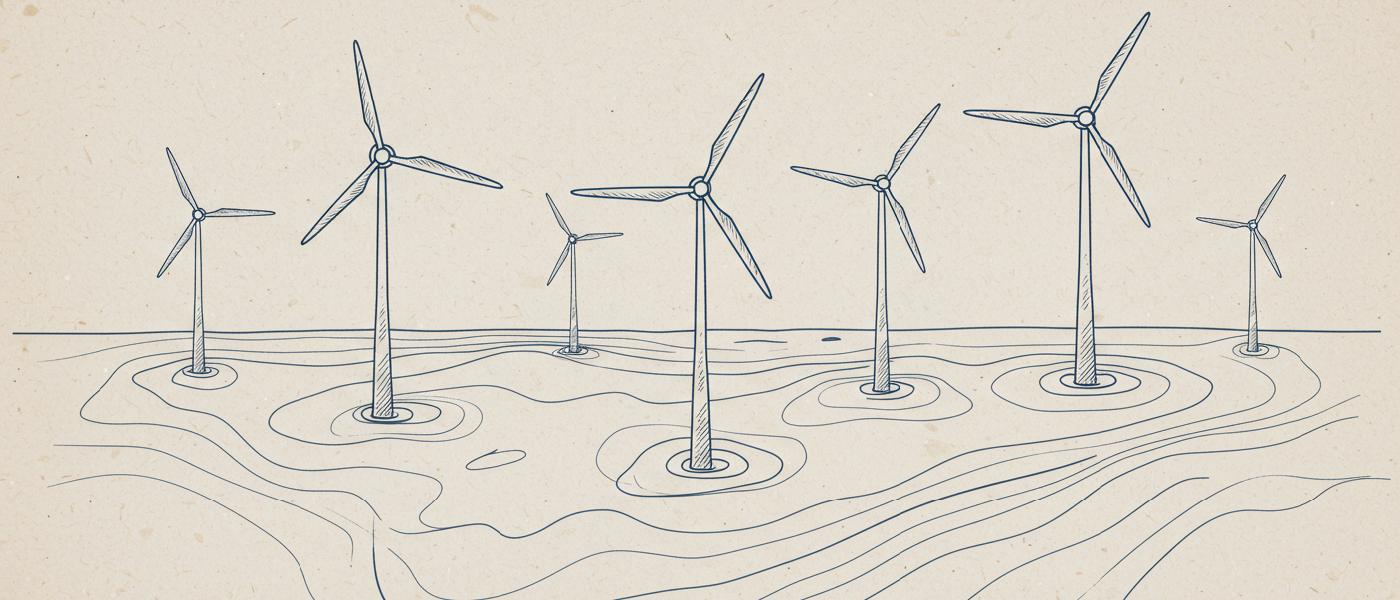
Navigating the Winds of Change: A Deep Dive into Wind Resource Assessments with Geospatial Technology
Wind energy stands as a vital component in the global shift towards sustainable energy systems. However, accurately assessing the wind resources available for energy production poses significant technical and analytical challenges. This article looks into the complexities of wind resource assessments (WRAs), emphasizing how geospatial technologies can be instrumental in achieving precision. This review combines rigorous analytical frameworks and key areas for research. By addressing the challenges and adopting a structured approach to implementation, professionals can build more reliable wind energy solutions.
Wind Potential: From Theory to Reality
The term “wind potential” can be interpreted differently in WRAs which creates confusion about the accuracy of real-world potential of wind generation in various areas.
Different Facets of Wind Potentials
Wind potential spans several dimensions each reflecting different types of available energy, from theoretical possibilities to real world achievements:
Theoretical potential: This defines a region’s total wind energy, an ideal case scenario but practically unattainable.
Geographical potential: A subset of theoretical potential; land is excluded from use.
Technical potential: Extends to turbine tech aspects; land, turbine characteristics, array loss considerations.
Techno-economic potential: Looks further into the economic aspects like electricity prices; and the other potentials.
Feasible potential: Represents realistic wind power potentials by accounting for socioeconomic as well as the real-world political barriers.
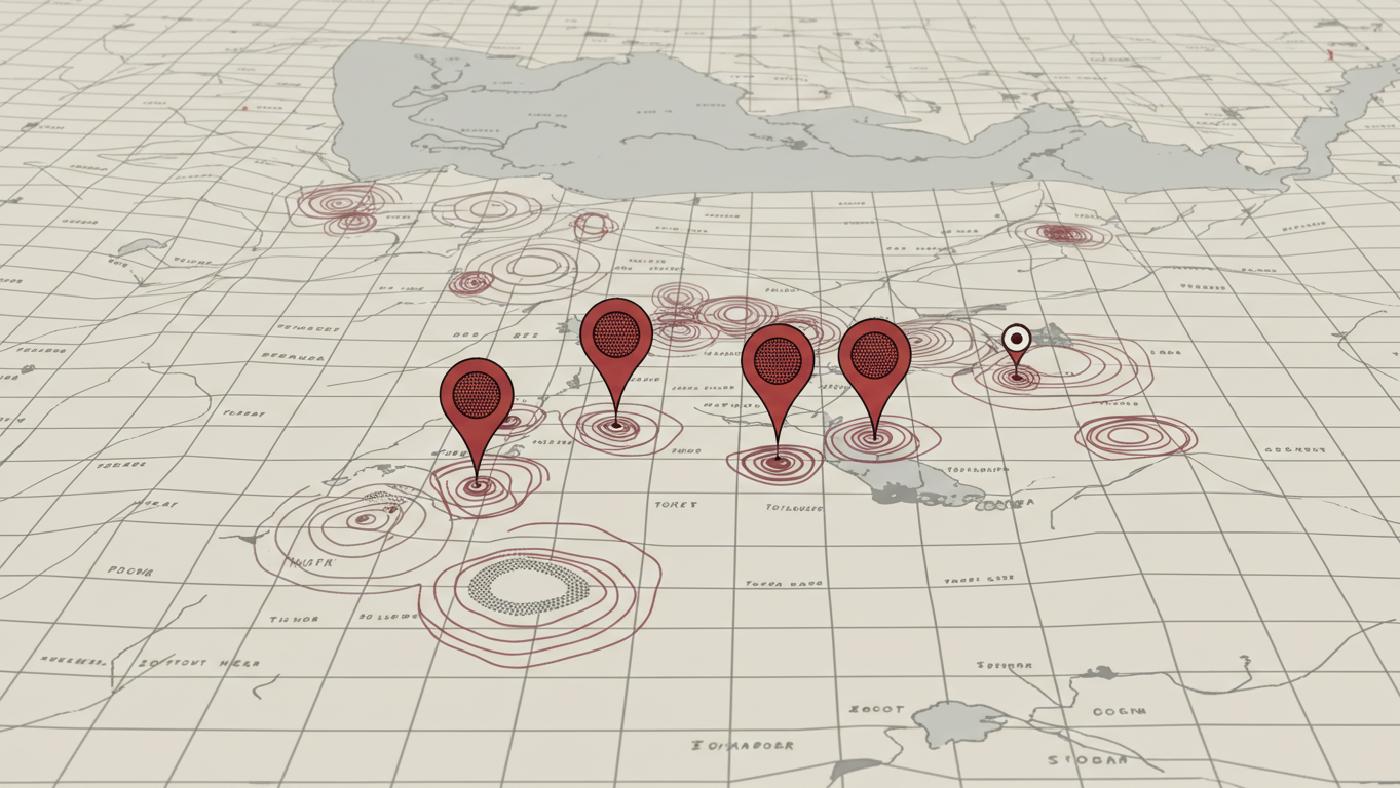
The delineation among these potentials is not always clear. The “feasible” potential needs careful handling, owing to subjectivity in interpreting sociopolitical limitations. Typically, studies start by considering the “technical potential” and integrate land availability, plus turbine operational factors into account. Some however start with “geographical” potential without calculating technical first - often the case for many research. Despite these challenges, it is still valuable for all parties involved to understand differences of interpretation in all types of potentials.
Global and Continental Assessments: Geographical Discrepancies
Large scale WRAs span the globe but they face certain geographical imbalances, for example most research is mainly on the Northern Hemisphere including focus on Europe and Asia. Even where the potentials are assessed for “Lower middle income nations”, countries from the Northern Hemisphere generally dominate. Africa, despite having enormous resource potentials for renewable energies and electricity demands gets less focus of study. Similar imbalance appears when one analyzes results from Southern America. These observations emphasize the urgent necessity for expanded research for the South of the world, with particular focus on lower-income economies for practical applicability.
Variation in Wind Potential Estimates
Our examination indicates differences in technical specifications and analysis of onshore versus offshore environments. Factors that contribute significantly to discrepancies are: wind data sources, including resolution, technical aspects of wind turbines, or land availability assessment assumptions. At a global level the technical annual wind potentials varied a great deal, even so both confirm more resource capacity for onshore winds over offshore wind projects.
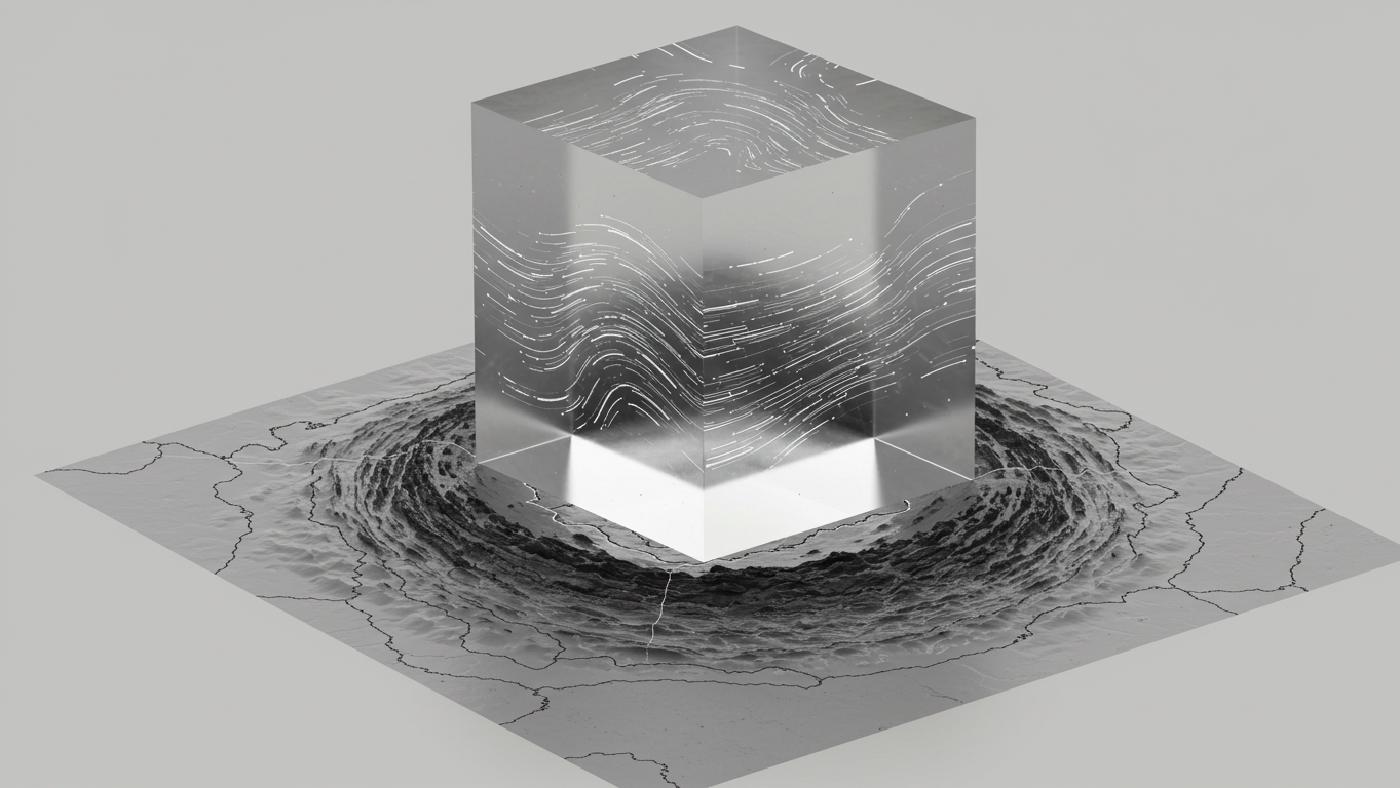
On a continental scale; Europe’s technical potential varies according to some assessments while those on African regions reveal notable potentials which vary according to whether it’s offshore or onshore data that is considered. With so much potential existing, it indicates how essential standardized assessment procedures are. These would help make comparable results. These geographical factors indicate major challenges as well as enormous opportunities for new research for future WRA’s.
Feasible Wind Potentials
A crucial distinction arises with regard to actual barriers in market situations: those not in scope in techno-economic calculations that directly affects project success in real world projects. Therefore, studies now look to define the more “feasible potential”.
Key Barriers to Overcome
Current assessments can fail in areas concerning, local markets, technology adoption barriers as well as public attitudes toward new renewable wind farms, thereby limiting use cases for both policymakers and energy industry players. These also involve non-technical obstacles to wind power and some considerations include welfare analysis for minimizing social impact, and also implementing multidimensional site selection. In reality project planning phases are impacted by numerous factors not directly associated with just electricity output but community attitudes which differ considerably between regions across the globe according to the income status of these. Such issues need proper handling for accuracy in final assessments.
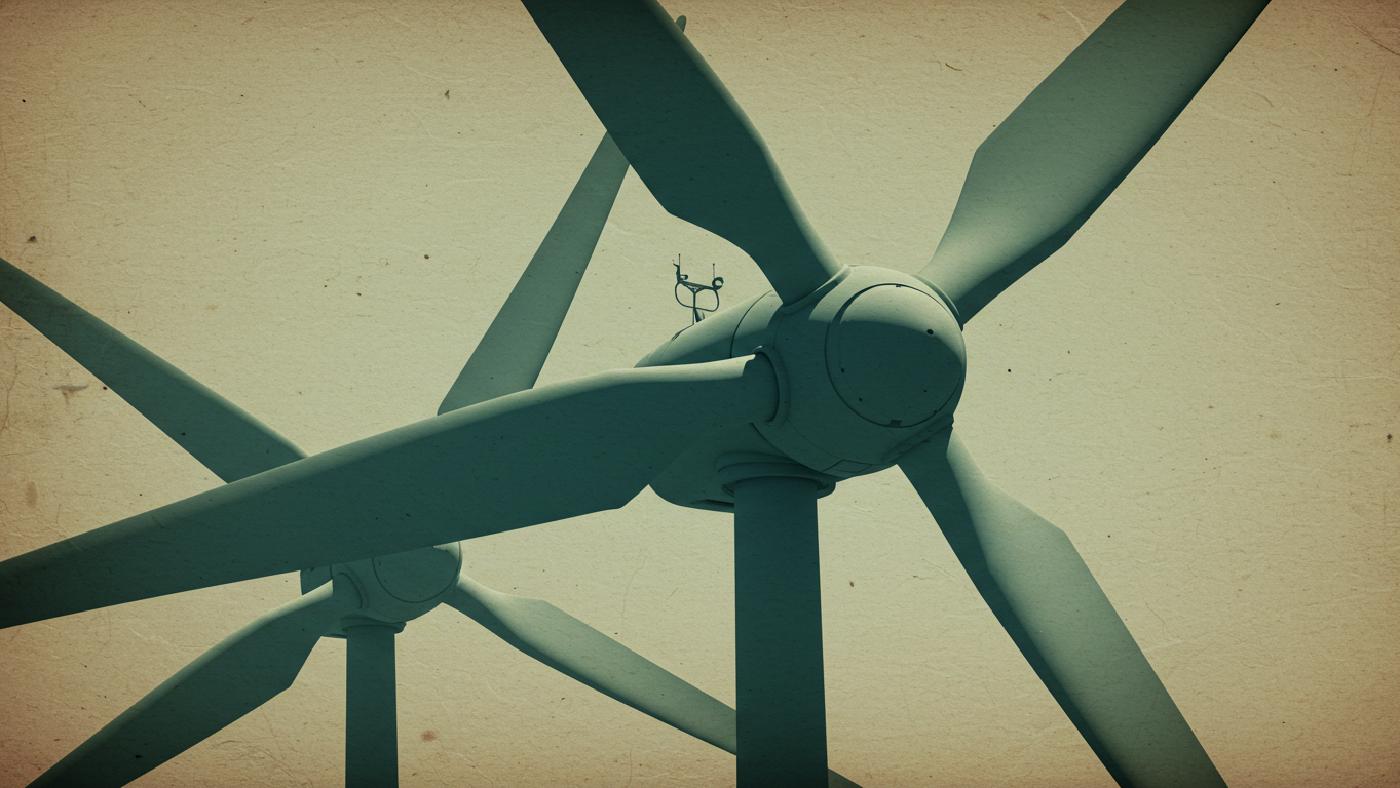
Towards an Integrated Approach
A multi-criteria decision analysis (MCDA) provides effective solutions which enable simultaneous addressing of several critical site factors which helps produce real world practical value results for assessment professionals. The MCDA frameworks vary by many elements: weighting criteria using AHP or incorporating Fuzzy data. By optimizing multiple facets of potential site assessment using novel computational techniques it becomes a far more complete assessment process than previous generation processes. All WRA professionals need a methodology that not only is precise, but incorporates dynamic considerations; and also it reflects realistic practical constraints. This could also remove the requirement for project specific methodology on every single iteration; thereby greatly improving operational effectiveness in a systematic fashion.
Enhancing Accuracy in Wind Resource Assessments
In the pursuit of high-quality wind potential assessments a range of methodological approaches is used by professional in practice; from improved input validation, data analysis to advanced technology and implementation frameworks. Let’s explore those frameworks now.
Crucial Validation in Wind Data
The correctness of WRA is directly affected by data, particularly considering power being cubic relationship with the wind speed. Many sources including station data and even wind atlases from around the globe present varied results according to various parameters including their underlying time scales. Often they contain some level of discrepancy due to source bias etc, with real time SCADA system differing in quality when compared with re-analysis products; implying the value of real time data against predictive type of assessments and emphasizing value in using multiple wind datasets and cross validation methodologies when implementing. A major shortcoming in the field now is the common preference for utilizing one source, thus overlooking opportunities of higher value by cross validating different sources; thus the research demonstrates more cross-validation for all assessments to be required by industry wide assessment best practices.
Refinements in Vertical Wind Speed Extrapolation
Another important aspect comes from the height of hub which is directly influenced by increased height parameters as wind is not constant across varying heights above the earth. Standard mathematical formulae using either log, power law are limited because the range to effectively assess at real hub heights can give inaccurate readings, due to inability to predict true atmospheric conditions at turbine height effectively with these. Methods incorporating multiple parameters from both low and high altitude measures may enhance such problems greatly. Given turbine height evolution its essential for such methods for the accuracy and value in assessment research in wind potentials
The Intricacies of Wind Variability, Intermittency, and Turbulence
Winds in real life can’t be assessed in the same manner a fixed force vector may in theory be done since its constantly variable. Both very high extremes as well as times of extended very low speeds need to be included in real world WRAs for effective implementation.
Factors include extended low speed conditions “wind droughts” which greatly affects turbine efficacy. Then other things like high intensity extreme events and how the machine reacts including both structural integrity and efficiency. Plus additional aspects such as intensity and how gusts influence generation of electricty. To achieve practical real-world wind models; research should properly encompass turbulence of variable, intermittence nature of wind and this includes daily variations in speed and direction including different times of the year. Often long term cycles from up to three decades may not be assessed; as these historical datasets aren’t included or not assessed over appropriate period thus these variations also need full incorporation in future WRA’s.

Different Simulation Scenarios
Implementing dynamic methodology instead of standard static procedures improves the usefulness of any WRA significantly and ensures assessment can reflect modern world circumstances; by employing near-future technology designs and turbine types instead of historical outdated turbine specs.
Real-world deployments highlight need for careful considerations concerning the “turbine power densities” of deployment on assessed zones. Where static application of assumed standard densities can create too optimistic potential. Real life data has different characteristics depending on location, hence multiple modelling including all considerations improves results and allows flexibility by professionals for more accurate outcomes when evaluating possible use scenarios
Sophisticated Wake Effect Models
A vital but typically under-appreciated factor influencing large-scale deployments comes from effect of wake. Over long distances these wakes from large wind farm projects can affect output power of all surrounding wind farms thereby decreasing collective electrical output as wind resources down stream diminish in intensity because kinetic energy diminishes from high volumes. By acknowledging these parameters into models including all horizontal, vertical flows including losses within, gives a far more thorough framework, enabling both future site selections including improved overall site designs. The simple “array loss reduction” methods previously used are inaccurate, requiring professionals adopt such high fidelity modeling options, essential when simulating energy potential realistically at bigger scales
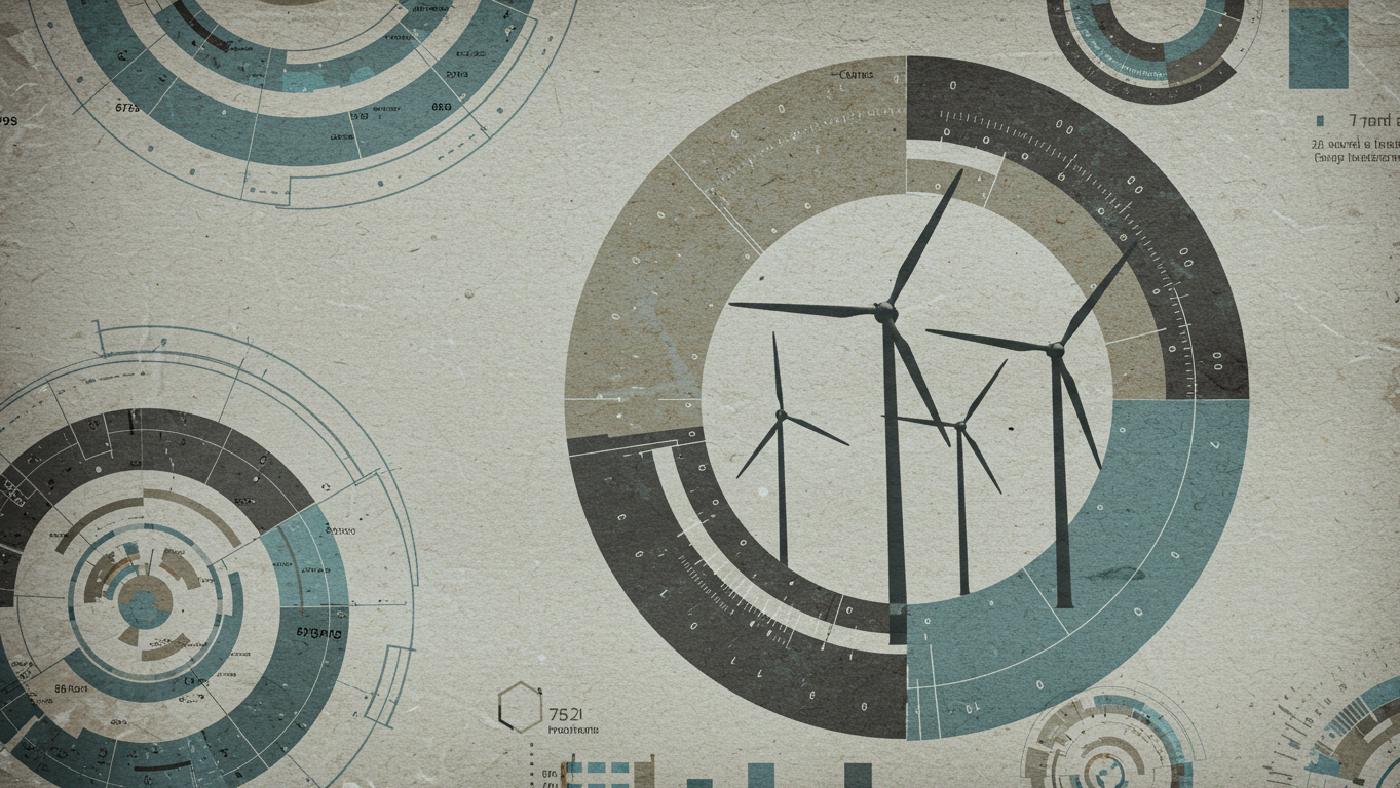
Open Science For Better Collaboration
In WRA the topic of openness plays a big role especially where it relates to data usage or proprietary tools, often hinders ability of full understanding and for collaboration on common projects. While research results shows most use public access data the full methodology especially at technical aspects remains quite sparse across published research works therefore severely impacting potential replicability as this lacks consistent detailed technical and computational frameworks; thereby preventing effective use across whole industry sectors for standardized methodologies. To overcome these obstacles more use of free open source methodology coupled with full release of raw datasets could prove invaluable, including free and standardized methodology. Open source is best utilized through full documented research enabling collective benefits via all participants thereby improving results in accuracy while removing proprietary “vendor-locking” methods. This is very different from proprietary tech usage because “vendor lock-in” hinders replication, evaluation of methodology or data and therefore hinders free usage and transparency that an “open system” should produce for all. It can enhance industry practice overall where scientific rigor meets the power of open science to bring a higher degree of innovation into use, leading to better results, better systems for data sharing with all partners and professionals benefiting from that shared research.
Summary of Recommendations
These observations of current practices highlight both methodological and collaborative practices of WRA assessment professionals, there exists vast potential for research advancements across the industry to improve implementation and to further refine the best current practices by incorporating high value multi parameter consideration methodologies; and with more consistent application to existing and emerging models. Key suggestions:
- Move from static models into models including real world dynamics: Incorporate social barriers in assessments along side economic ones, reflecting reality; and prioritize those regions currently under-represented; enabling inclusive research models.
- Develop multiple-scenario-based evaluations including dynamic site characteristics that affect actual project implementation
- Prioritizing open practices, by adopting frameworks compliant with FAIR system
- Make site characterisation more high definition by deploying a broad range of models, utilizing diverse data types for accuracy, also considering higher future technology turbine tech parameters over historical static implementation.
- Proper representation of impacts and real world conditions caused by high fidelity modeling techniques by integrating kinetic energy flow as well as complex dynamic aspects with current and newly emerging models, also with emphasis for future research,
- Adoption of standard model structure which helps standardize all facets of modeling work by utilizing frameworks which promote efficiency, accuracy by implementing fully verifiable protocols in daily WRA procedures, therefore benefiting a large segment of wind energy professionals while boosting value, efficacy and practical applicability in energy system design and infrastructure implementation.